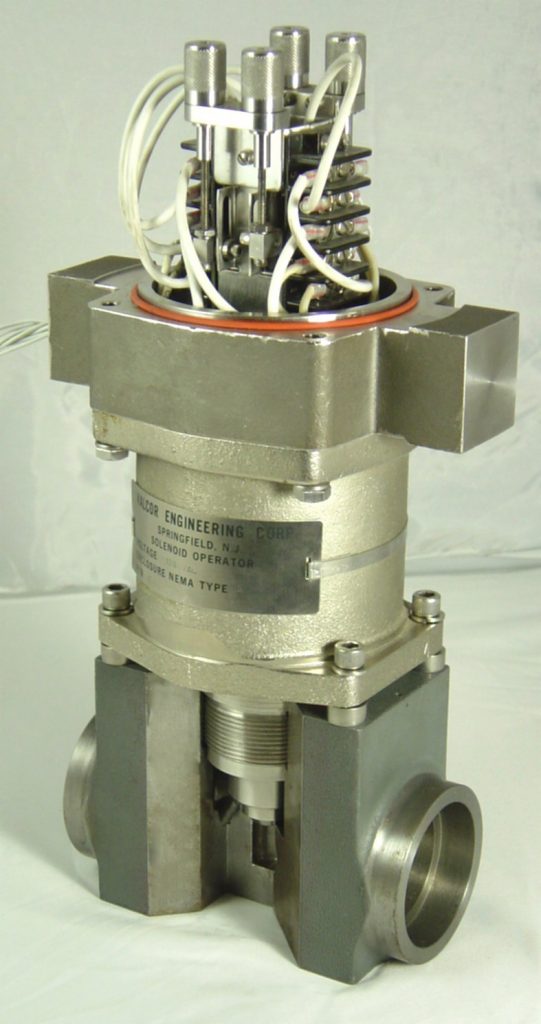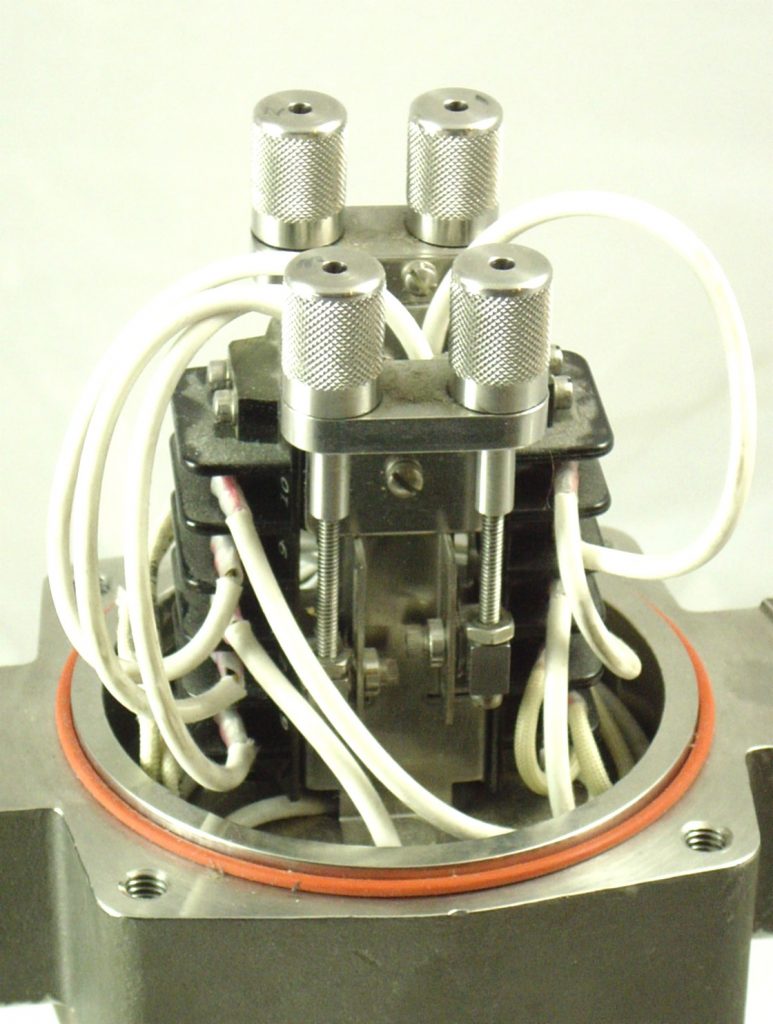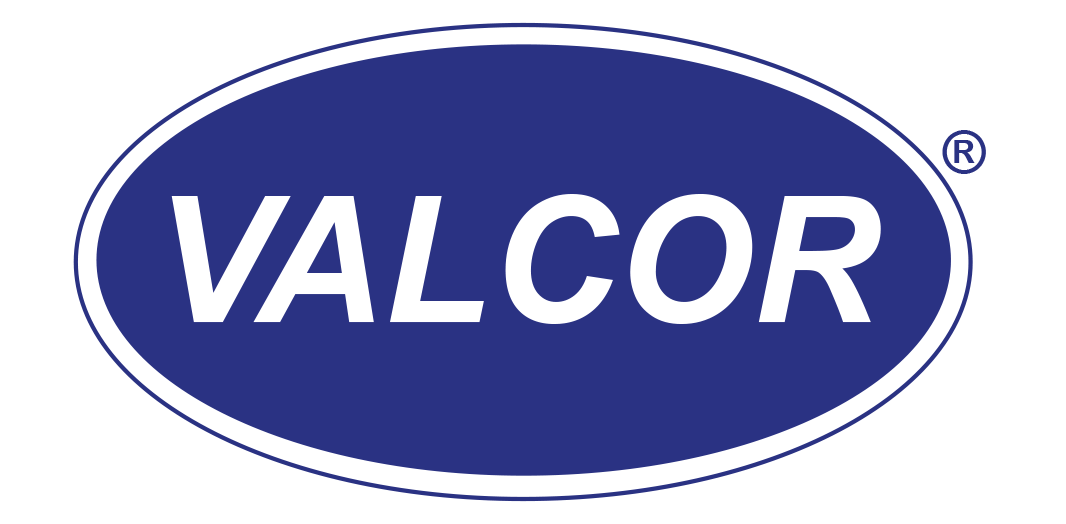The Nuclear Power industry is extending the operating lifespan of its reactors. Originally, reactor lifespan was planned for 40 to 60 years and is now extended to 60 to 80 years. This life extension requires regulatory approval and verification that safety-related components can meet their new service (qualified) life objectives. The service life of a component comprises both its normal operating life and its design basis accident events.

SOV
The qualified life of a component, in this case a Solenoid Operated Valve (SOV), is dependent on many factors and service conditions during normal and emergency operations including:
- Temperatures and pressures of the ambient environment and process fluids
- Relative humidity
- Energization periods and loads
- Cycle life requirements
- Radiation exposure
- Vibration aging
- Submergence
- Chemical exposure
These qualification requirements are identified in Engineering Standards, e.g.,
- IEEE-323 Standard for Qualifying Class 1E Equipment for Nuclear Power Generating Stations
- IEEE-344 Recommended Practice for Seismic Qualification of Class 1E Equipment for Nuclear Power Generating Stations
- IEEE-382 Standard for Qualification of Actuators for Power Operated Valve Assemblies with Safety-Related Functions for Nuclear Power Generating Stations
- IEEE-572 Standard for Qualification of Class 1E Connection Assemblies for Nuclear Power Generating Stations
- ASME-QME-1 Qualification of Active Mechanical Equipment Used in Nuclear Power Plants
The SOV is comprised of two sub-assemblies, the valve and its actuator. For the valve, the qualified life considerations involve wear on its moving mechanical components and elastomerics, if any. For the actuator, it is comprised of the coil components (magnet wire insulation, shrink tubing, potting etc.) and its accessories, such as terminal boards, position indication assemblies and other electronic components such as rectifiers and/or surge suppressant devices.
The original qualification is typically performed by either FMEA (Failure Modes and Effect Analysis), type testing, operating experience, analysis, or a combination of any of these three methods. The preferred method for establishing a components initial qualified life is by type testing of a family of SOVs. Type testing requires identification of the critical parameters that affect qualified life as identified above. Each component of the SOV is likely to have different aging characteristics. An example of this would be the effects of radiation, cycling and temperature on the materials that comprise the SOV.
The most critical characteristics on aging of a SOV is exposure to temperature, radiation, and operational cycles (mechanical wear). Each will be discussed in the following paragraphs to demonstrate how it may affect the qualified life of the component. First, let’s start with what causes a component to age.
Every material used in the construction of a SOV has an “activation energy” which determines its aging characteristics. This is especially critical for soft goods (non-metallics). Activation energy in layman’s terms is simply the amount of energy necessary to energize molecules or atoms that would cause a reaction or transformation from the material’s original state. A simple example of this is weatherproofing on a door or window exposed to direct sunlight and the elements. The weather proofing ages due to its exposure to sunlight (radiation and temperature) and its cycle life (opening and closing).

SOV Close-Up
Each material has its unique “activation energy” which is related to its chemical and physical properties. The activation energy of age sensitive materials such as polyimides, phenolics, epoxy, silicone and fluoropolymers, can be found in dedicated data bases. Each age sensitive component is identified and its “activation energy” determined. Every component within the SOV has a different activation energy and therefore, some components may be qualified for 5 years while others 100 years under the same operating conditions.
Thermal aging is affected by several factors including coil resistance/voltage/current, ambient temperatures, process fluid temperatures and energization periods. Additionally, if a Voltage Control Box is installed (which has its own qualified life), the qualified life of the solenoid assembly will be lengthened. Thermal aging occurs by radiation, convection and conduction. As a heat producing device the solenoid coil itself can be a significant generator of heat which is dissipated to all components within the enclosure.
There are four different types of radiation: neutron, alpha, beta and gamma. Metallics are only affected by neutron radiation that is emitted during power operations only. This may cause “embrittlement” of metallics after significantly long periods of exposure. Radiation affects the qualified life of the components in a similar manner as heat and may cause swelling distortion, blistering and deformation. An example of these effects is an O-ring which has hardened and no longer provides its sealing function.
Cycle life of the component is verified in the initial qualification report. In most cases this is not a maximum limit but the point at which the qualification program was deemed sufficient to cover the operating life of the component for the initial qualification period.
When determining the remaining qualified life of the SOV these aging mechanisms must be considered on a component-by-component basis. In most circumstances each component that comprises the SOV will have a different qualified life and can be replaced on a component level. However, in many circumstances the most cost-effective way to replace components at the end of their qualified life is by replacing sub-assemblies. In many cases this determination is made based on the cost of the components while meeting ALARA (As Low as Reasonably Achievable) goals.
The total radiation dose and thermal effects must be determined and compared to the initial qualification parameters to determine the most limiting factor. This information may not be readily available or prove difficult to gather over the operating life of the component. In this case the solenoid assembly is usually replaced.
With all the above to consider, Valcor would be pleased to assist the end user in the support of making these decisions when extending the qualified life of the SOV.

Recent Comments